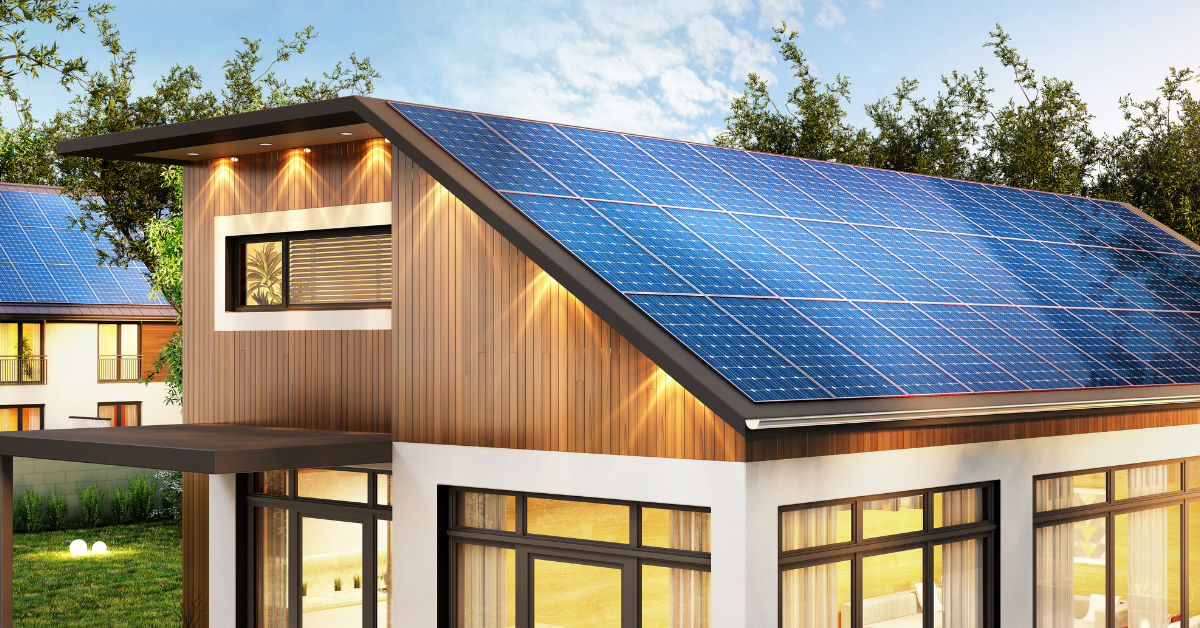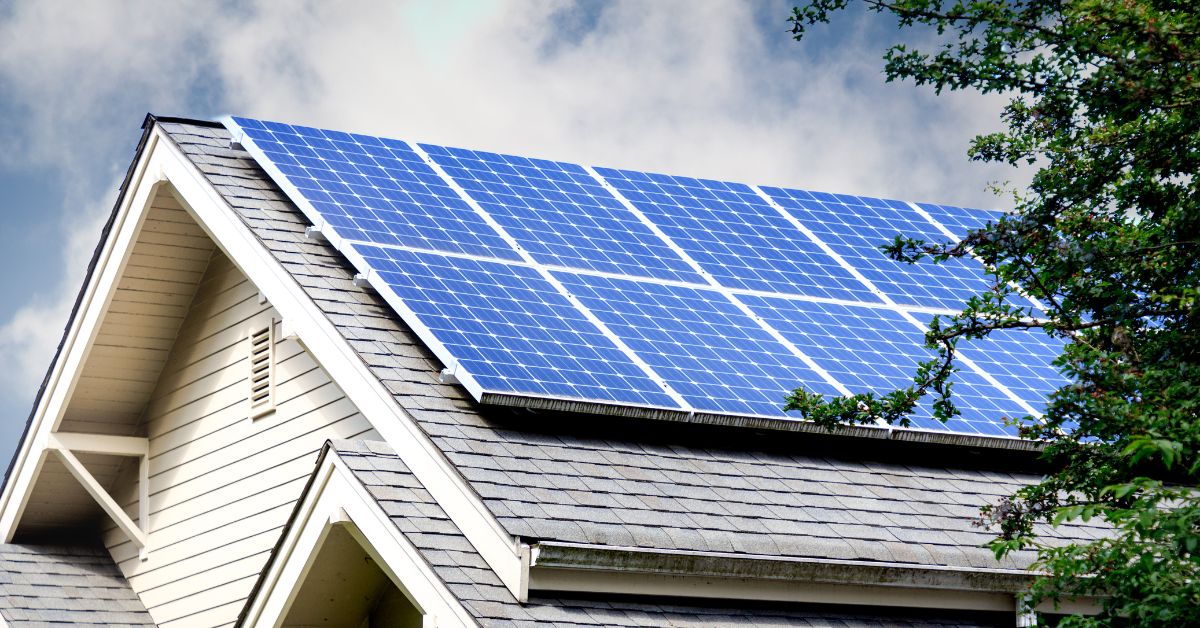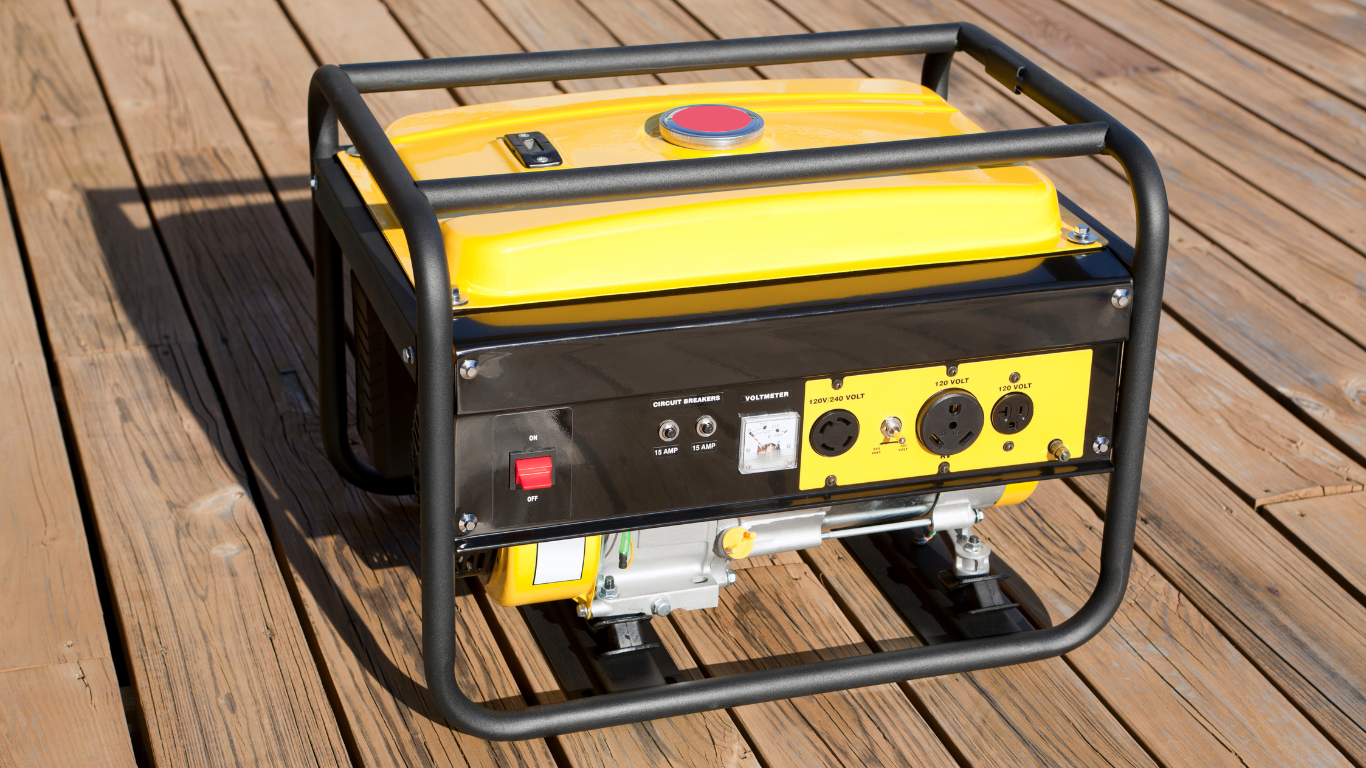Strictly speaking, everything we eat, use, and consume is a form of energy. Home energy sources include electricity supplied from the grid, chemical energy which is powered by fuels (like natural gas), and solar energy which comes from the sun.
Why Prepare?
Energy is Central to Our Lives
The truth is, almost all of today’s conveniences would be lost without a reliable source of energy.
There would be no way to keep perishable foods cold, since there would be no electricity to run the refrigerator or freezer. You couldn’t drive your car without gasoline. Also, your cellphone would be worthless before long if you couldn’t charge it. There would be no clean water and your gas-run central heating system wouldn’t function.

We’re in the Midst of an Escalating Energy Crisis
Considering how vital energy is to our lives, it’s quite alarming to learn that the world is currently undergoing an unprecedented energy crisis affecting hundreds of millions of people worldwide.
The reasons for this crisis are many. Russia’s military conflict with Ukraine has caused prices of fertilizers, natural gas, and crude oil to go up on a global scale. The destruction of the Nord Stream Pipeline has further curtailed energy imports into Europe.

Meanwhile, OPEC countries have cut oil supplies and the Biden administration has shut down the Keystone Pipeline delivering Canadian crude oil into North America. All of these have dwindled supplies of fossil fuels, resulting in global shortages. By the law of supply and demand, energy prices have skyrocketed.
In America, electricity costs have increased by 15.8% in a single month (August 2022), becoming the greatest monthly surge in 41 years! Meanwhile, natural gas prices have increased by 33% from September 2021 to September 2022.
With this in mind, it’s becoming evidently clear why preparing for mass power outages and generating your own sustainable household energy is more important than ever.
1. Plan Ahead
Don’t just shoot in the dark – make a plan. The first 2 things you should do are:
1. Identify what forms of energy you consume. Electricity accounts for the major portion of your energy needs in a home – without it, society can’t function normally. Lighting, internet, devices, and most appliances need electricity. Natural gas is another common form of energy, used for indoor heating, water heating, drying clothes, and cooking.
2. Calculate how much electricity your home consumes. An average US household consumes between 20 and 30 kWh of electricity per day (varying by state and household size).
The easiest way to get an understanding of your household’s electricity consumption is to look at your electricity bill. Find your average kWH usage per month. You may want to look at the last several months of electricity usage to account for unordinary months. You can also calculate your home’s daily electricity usage by breaking down consumption by appliance (see appliance guide below). Remember to draw the line between essential energy needs and nice-to-haves.

Electricity Consumption by Appliance
To recap: we have to start our planning by investigating how much energy each of our appliances consume. Here’s a sample breakdown of electricity usage by appliance:
- Electric furnace = 10.5 kWh per hour
- Central air conditioning = 3.0 kWh per hour
- Ceiling fan = 0.05 kWh per hour
- Electric water heater = 2 kWh per day
- Oven = 2.3 kWh per hour
- Microwave = 0.15 kWh per 5 minutes
- Dishwasher = 2 kWh per load
- Toaster = 0.04 kWh for every 2 slices
- Refrigerator = 150 kWh per month
- Freezer = 90 kWh per month
- LED 4k 75’’ television = 0.15 kWh per hour
- PlayStation 4 = 181 kWh per year
- Laptop = 0.04 kWh per hour
- Clothes dryer = 3 kWh per load
- Vacuum cleaner = 0.75 kWh per hour
Based on this, how much electricity does your household consume per month? How much of it is essential?
2. Prepare for a Long Term Electricity Shortage
Preparing for a power outage that lasts a couple days is different than preparing for a full-out long term power outage. Either way, you’ll be glad you prepared for short and long term scenarios of a blackout.
To cover your short-term needs, stock up on basic blackout equipment like flashlights, batteries, extra power banks, first aid kits, matches, candles, and so on.
While these items could serve you well in the first few hours and nights of a blackout, more extensive preparations are needed to maintain a semblance of normal life during a lengthy blackout scenario. Here’s how you can prepare:
- Install renewable energy systems like solar, geothermal, or wind-based (with batteries to use your solar power at night)
- Purchase a home electricity generator
- Make your home energy efficient by implementing the following steps:
- Superseal the envelope of your house to make your house air-tight
- Insulate your house and windows to prevent heat energy from escaping or coming in
- Create an energy-efficient air supply to your home with moisture control
- Purchase energy-efficient heating and cooling systems
- Install energy-efficient lighting
The biggest hurdle for most is price, and some energy solutions are more costly than others. Your job is to identify how much energy (kWh per day) you’ll need in case of a power outage, how much money you’re willing to invest, and then how you will go about generating the needed power for your home.
To preserve energy during a crisis, one option is to replace specific equipment with alternative energy sources, such as candles in place of electrical lights and/or firewood in place of natural gas. In some circumstances, switching energy sources entirely may be helpful, such as purchasing a propane stove to lessen dependence on electricity or installing a few solar panels to collect solar energy.

Electricity Generators
Sometimes, eliminating non-essential appliances and making your home more energy-efficient isn’t enough for a complete energy plan. This is where generators come in.
Home electricity generators are often the centerpiece of a home energy plan. They come in different shapes and sizes. The main types of generators are inverter, portable, and whole house generators. A generator with 5 – 7.5 kilowatts will generally be enough to power the most essential appliances in your home.
Liquified petroleum gas (LP gas) and natural gas are the most common fuels for generators.
3. Prepare For a Long Term Natural Gas Shortage
Natural gas is mostly used at home for heating & cooling systems (air and water), cooking, and drying clothes. Unfortunately, natural gas is not ideal for home storage. It is stored in large refineries and transported directly to homes via pipelines.
The good news is that even during a blackout, your supply of natural gas will generally not be affected.
However, if it’s a priority for you to make your home completely energy-sufficient, you should consider replacing your natural gas appliances with other alternatives. For example, you can replace your natural gas heating systems with heat sources such as canned heat, underfloor heating, heat pumps, wood stoves, space heaters, and solar thermal technology. You can find great alternatives for your natural gas appliances that run on electricity or propane (which can be stored).
As a more affordable alternative, you could also replace the cloth dryer appliance with a simple drying rack, especially if you’re in an area with lots of sunlight and low humidity levels.
4. Learn To Harness The Sun’s Energy

The sun is definitely your ally when it comes to blackouts. It is a free and (depending on your location) easily accessible source of natural light and heat energy, which can be converted into electricity. Here’s a list of ways of how you can harness the power of the sun:
- Generate your electricity via solar panels
- Heat your home
- Heat your water
- Help sterilize water
- Dry your clothes
- Grow your food
- Cook your food (sometimes)
- Illuminate your house
The upsides to using the sun as a source of energy is that it is renewable, free, and quite diverse when it comes to use cases. However, the downside of sunlight is that it is only available during the day, may be less accessible in certain geographies, and is less convenient than traditional methods like electricity and fossil fuels. In addition, solar panels can be quite expensive
Let’s Recap
As the global energy crisis is escalating and more people are in danger of blackout, now is the best time to prepare for a lengthy power outage. Here’s a quick recap:
- Measure your home’s basic energy needs by appliance
- Distinguish essentials vs. non-essentials
- Calculate how much electricity your household consumes
- Allocate a budget towards your energy independence
- Plan out how you will meet your energy needs
- Execute your plan starting from most important to least important
- Get professional assistance when needed





